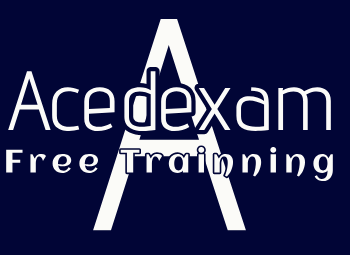Blob Storage – Gaining the Azure Data Engineer Associate Certification
If you need to store files such as JSON, XML, DOCX, MP3, PDF, or any other kind of file, then use Blob Storage. Blob Storage implements a flat namespace for organizing data, in contrast to the hierarchical namespace organization that comes with ADLS Gen2. Although you can create folders and place files within them when using Blob Storage, renaming files or deleting them must be performed on each file. In other words, you cannot use wildcard syntax, which involves performing a command on all the files within a directory using a single command. This isn’t possible with Blob Storage; you must instead execute one command per file. Therefore, ADLS is more performant when running data analytics.
Table Storage
Azure Table Storage is a key‐value pair database product that stores nonrelational structured data. This product is very efficient if you have a large set of data objects or records that are retrievable using a key. The Azure Cosmos DB Table API is built on top of Azure Table Storage. The additional feature you get when using the Azure Cosmos DB Table API is that your data can be distributed to all supported Azure regions, which is currently around 30+, whereas with Azure Table Storage, your data is confined to a single region with an optional read‐only version in another. Refer to Table 1.6 for additional details.
Azure Files
The Azure Files feature provides the same functionality as mapping a drive using Windows Explorer or mounting a drive to a network file share. Instead of the network share being on a server within your private network, the share is in the cloud. Azure Files supports both the Server Message Block (SMB) and Network Files System (NFS) protocols.
Storage Queues
Azure has three messaging services: Azure Service Bus, Azure Event Hubs, and Azure Storage Queues. Each can receive a short text message, store it for a short period of time, and notify a subscribed system that a message has arrived. Once notified, the system can retrieve the message and perform whatever the system has been programmed to do. Storage Queue messages have a size limit of 64 KB. Compared to the other two messaging services, Azure Storage Queues are the most cost‐effective for most IT solutions that need to decouple transactions. Azure Service Bus provides first in, first out (FIFO) capabilities, and Azure Event Hubs are for high‐frequency data streaming scenarios.
Azure Disks
An Azure Disk, also called an Azure managed disk, is a hard drive that can be mounted to an Azure VM that you provision. There are data disks that come in large sizes, up to around 32,767 GB. If you needed a place to store data that is used by a process running on an Azure VM, then this is the kind of disk you should select. Alternatively, there is an OS disk where you would store and configure the operating system. The cool thing about the OS disk is that you can make numerous copies of it and mount it to multiple Azure VMs, which means you can have multiple identical servers with minimal effort.
If you need to store files such as JSON, XML, DOCX, MP3, PDF, or any other kind of file, then use Blob Storage. Blob Storage implements a flat namespace for organizing data, in contrast to the hierarchical namespace organization that comes with ADLS Gen2. Although you can create folders and place files within them when…

Archives
- August 2024
- July 2024
- June 2024
- May 2024
- April 2024
- March 2024
- February 2024
- January 2024
- December 2023
- November 2023
- October 2023
- September 2023
- July 2023
- May 2023
- April 2023
- March 2023
- February 2023
- January 2023
- December 2022
- November 2022
- October 2022
- September 2022
- May 2022
- April 2022
- February 2022
- January 2022
- December 2021
- October 2021
- September 2021
- August 2021
- June 2021
- May 2021
- April 2021
Contact US